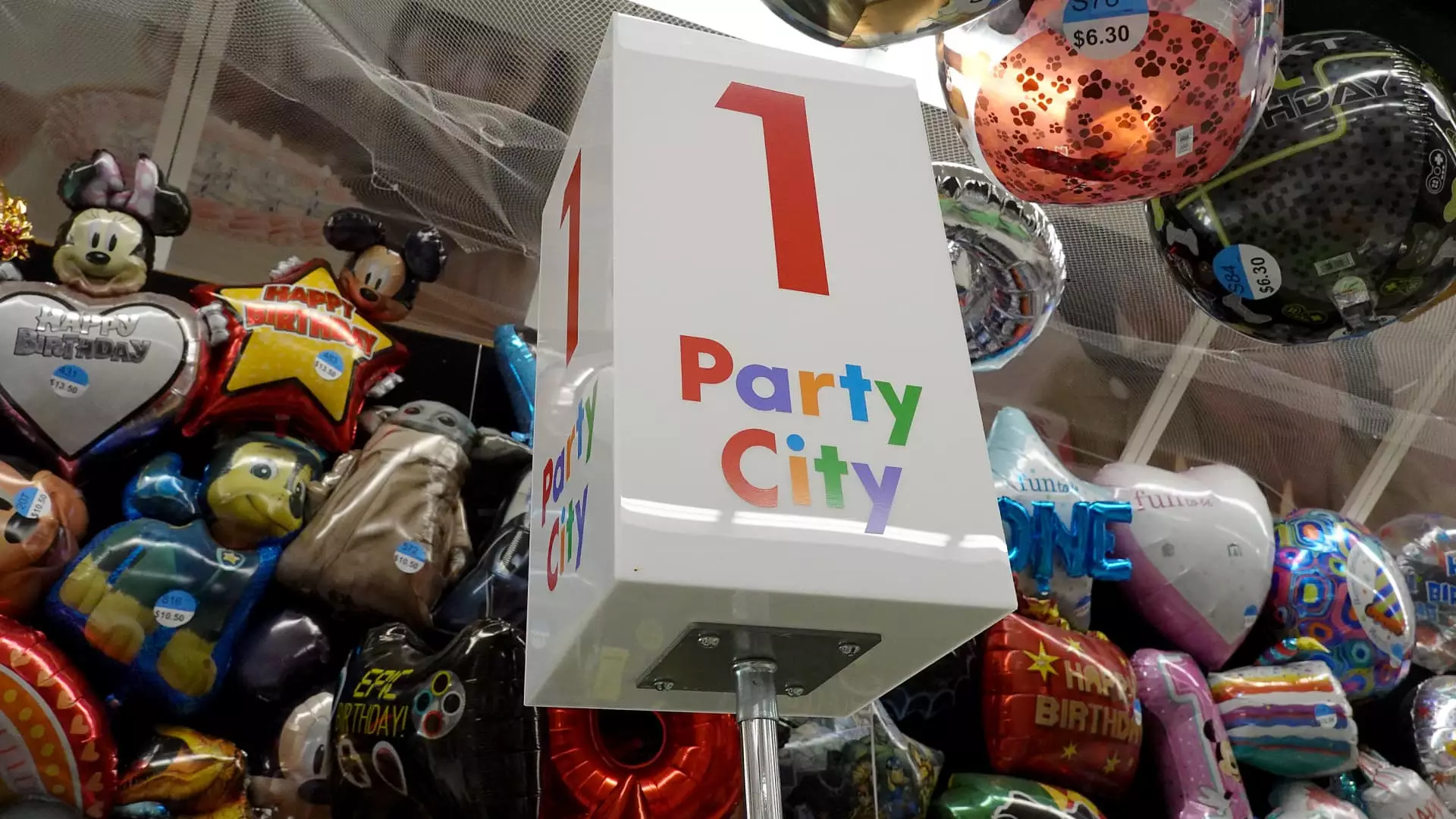In a shocking turn of events, Party City has made the decision to close all of its retail locations, sending ripples of disbelief among employees and customers alike. The announcement came on a Friday, when CEO Barry Litwin conveyed the disheartening news during an internal meeting, marking an abrupt end to countless jobs. With immediate layoffs initiated, those who dedicated years to the company found themselves out of work in a matter of minutes. Litwin shared that delivering this message was the most challenging moment of his career, underscoring the emotional toll such decisions take on leadership and the workforce.
The shuttering of Party City stores is not merely a reaction to the current economic environment but rather the culmination of prolonged financial struggles. The company’s descent began in earnest when it filed for bankruptcy less than two years ago, a desperate attempt to restructure under the weight of $1.7 billion in debt. Although Party City successfully exited bankruptcy in September 2023, reducing its debt load by nearly $1 billion and transforming into a privately-held company, these measures proved insufficient to secure its long-term viability.
Despite initial optimism surrounding the restructuring, marked by Litwin’s commitment to enhancing financial performance, the reality has been starkly different. Leadership changes did little to save the brand from an increasingly competitive landscape, dominated by growing rivals and evolving consumer habits. The emergence of online retailers contributed significantly to Party City’s decline, forcing the company to adapt lifestyles that may not align with its strengths. While the decision to sell products on Amazon was a step towards modernization, it appears to have been too little, too late.
Competition in the party supply sector has intensified, with companies like Spirit Halloween rapidly gaining market share. The latter’s strategic expansion, including the introduction of “Spirit Christmas” stores, siphoned potential revenue from Party City. This ability to pivot and diversify product offerings reflects an agility that Party City seemed to lack, a critical flaw in an industry that thrives on novelty and creativity. While Party City tried to leverage its established brand, its inability to compete with evolving retail trends has become a major contributor to its downfall.
The demise of Party City serves as a poignant reminder of the volatility inherent in retail. It highlights the importance of sustainable business practices, being adaptable to market changes, and remaining attuned to consumer preferences. As other retailers watch closely, the story of Party City underscores the crucial need for ongoing innovation and astute financial management in an ever-changing landscape. Without these components, even long-standing businesses can face an untimely end, leaving behind a legacy that reflects what once was, rather than what could have been.

